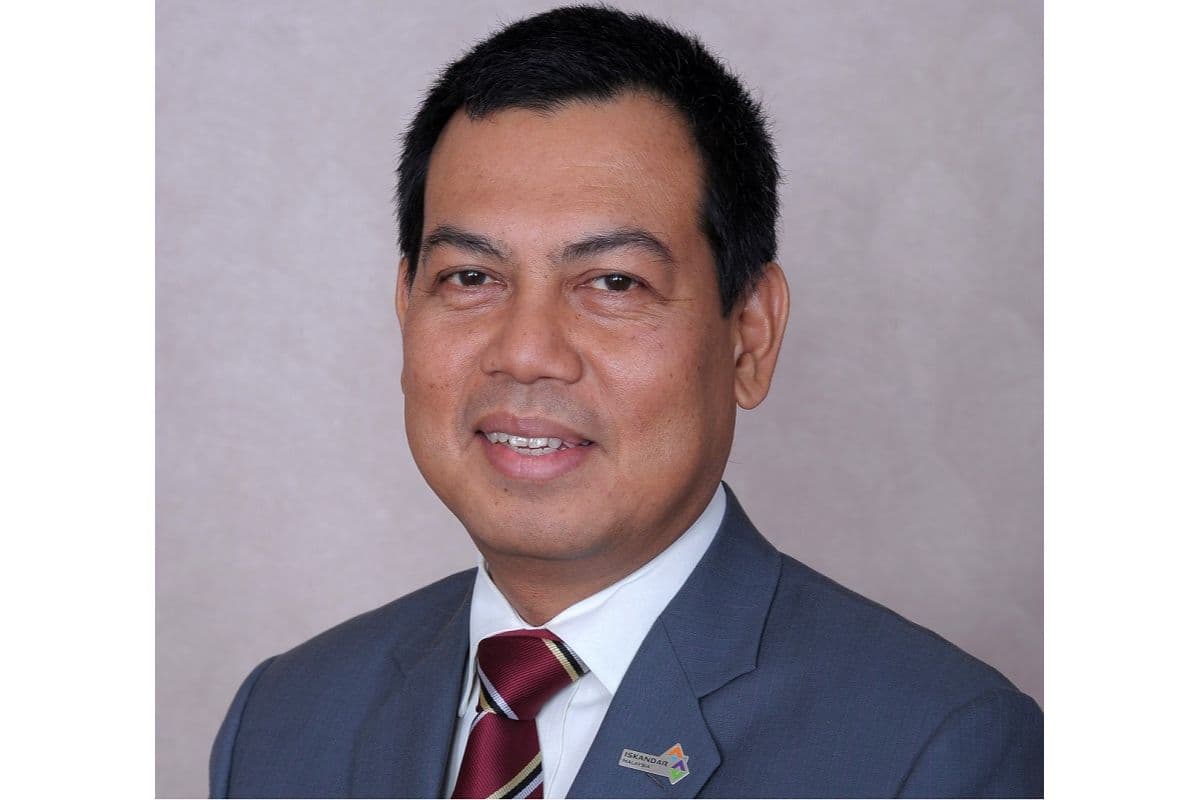
PETALING JAYA (Aug 20): Iskandar Regional Development Authority (IRDA) highlighted new areas of interest in the economic region of Iskandar Malaysia, Johor, namely modern farming and emerging technologies, in a bid to stay nimble and to cater to the current consumer patterns amid the Covid-19 pandemic.
According to IRDA CEO Datuk Ismail Ibrahim, the statutory body is looking into state-of-the-art, high tech modern farming with less usage of land.
"We are also looking into emerging technologies that are related to information and communication technologies to adapt to the new norm [amid this pandemic] such as going cashless, and so on,” he said.
“Although we continue to reaffirm our position in promoting Iskandar Malaysia, we are adjusting ourselves to ensure that we continue to remain relevant, and we are required to shift [in the way we do things] amid this pandemic by working within the limitations that we have but at the same time, using technology to achieve what we have been planning to do.”
Ismail was speaking at an online talk entitled "CEM Star Talk with Datuk Ismail Ibrahim" on Aug 19, where he shared the latest initiatives and visions in developing Iskandar Malaysia as a strong sustainable metropolis of international standing. Organised by City Expo Malaysia, the talk was moderated by Malaysian Institute of Planners vice president Datin Hajjah Mazrina.
Established in 2007, IRDA aims to regulate and drive various stakeholders in both public and private sectors towards realising the vision of developing Iskandar Malaysia into a strong, sustainable and international metropolis.
Its objectives for the economic region include town planning, planning policies and strategies with the federal government, Johor state government and local authorities, broad-based promotions and consultations.
According to Ismail, Iskandar Malaysia has drawn steady investments in 2021.
“Despite the fact that we are facing the Covid-19 pandemic, we have been able to gain more than RM7 billion worth of investments (from the review period of January to April 2021); 20% were domestic investments, and 80% were foreign investments," Ismail said.
"From the realised investments, we were able to reflect how to create jobs and local businesses that revolve around the sectors in Iskandar Malaysia. If you look at the performance [in Iskandar Malaysia] in the last 15 years, we have been able to draw RM341.4 billion worth of cumulative investments [out of which, 61% has been realised]."
Ismail added that the statutory body is now in the midst of its second comprehensive development plan, and it is embarking on its third comprehensive plan for Iskandar Malaysia.
"The first two [earlier] plans have served the region well, and we shall continue to use them as a basis to plan our growth and come up with [future] implementation programmes, and so on. We believe we would be able to push for exponential growth," he said.
"Historically speaking, Johor has enjoyed many levels of growth that are represented by many sectors — but for Iskandar Malaysia, we focus on nine promoted sectors that are divided into manufacturing ones such as oil and gas, food and agriculture processing, and services such as logistics, tourism and healthcare, among others. In the last 15 years, about 40% of the investments derive from these nine sectors, especially in manufacturing."
IRDA appeared sanguine about the economic region’s potential despite the pandemic and its challenges, adding that it will continue to study the ever-changing consumer patterns, lifestyle and business operations, and potentially readapt and redesign the planning and usage of buildings in the region in the future.
Ismail also highlighted the importance of Iskandar Malaysia's Bus Rapid Transit (BRT) connectivity. Scheduled for completion by 2023, the BRT system covers a total of 2,043km with three main lines, namely Iskandar Puteri, Skudai and Tebrau, with 44 direct routes and 55 feeder routes.
"The BRT will be a game-changer for Iskandar Malaysia, and will run fully on [electricity]. For BRT, we had been able to convince the government to come up with a system [for a fraction of its capital cost]. It will also act as a feeder for the Johor Baru-Singapore Rapid Transit System, and would serve up to 90% of its geographical coverage [and yet the cost of maintenance and reliability, punctuality would be similar to other public transportations]. We would like to bring the ratio of trips using private vs public transport from 85:15 to 70:30 or 50:50 with the BRT."